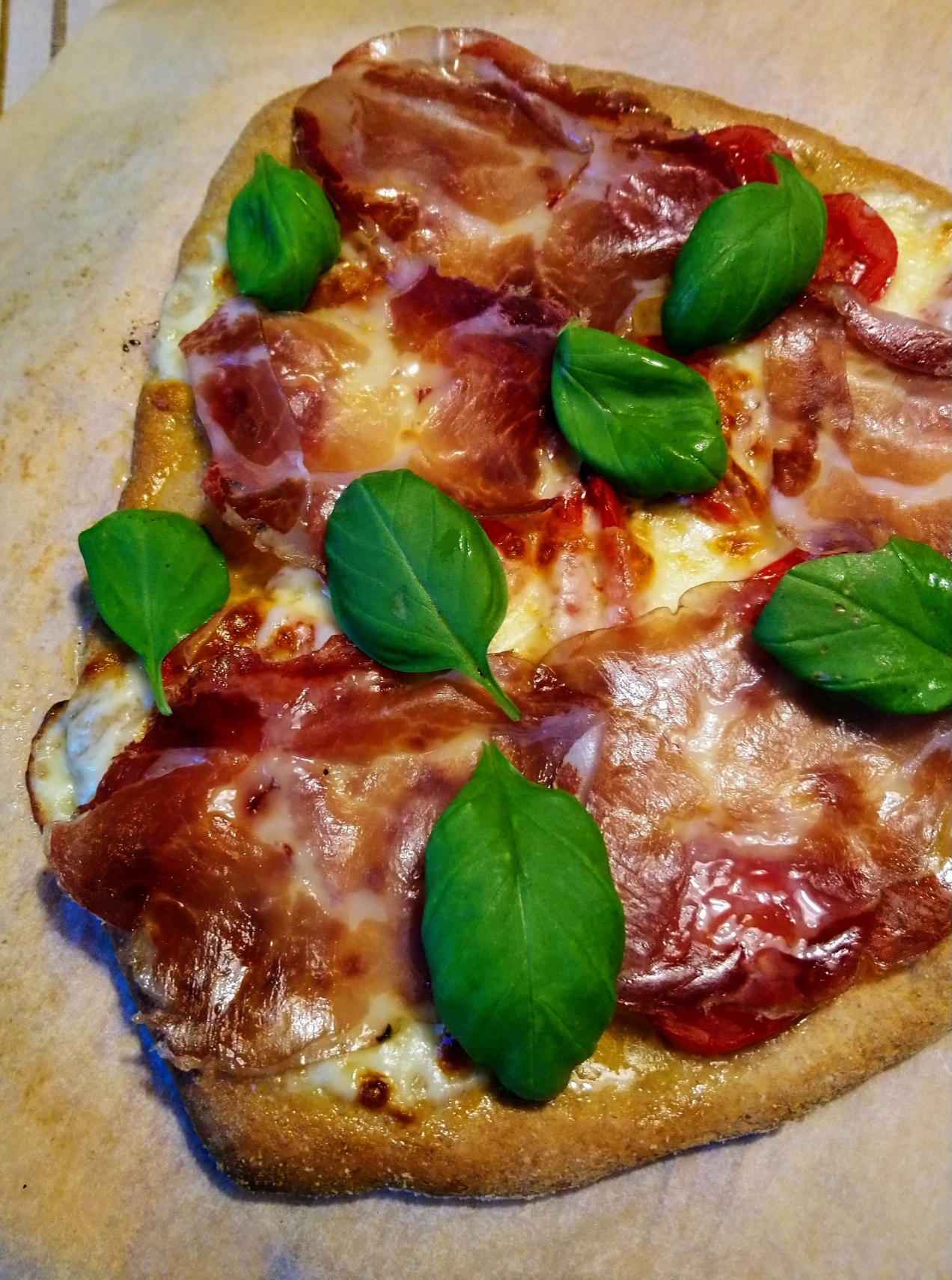I recently queried my Facebook friends with the following question: What is your takeaway from confinement?
Being confined in our homes for, on average, 2-3 months at a time was such a peculiar, unpredicted, and unexpected experience. I think every person who lived through it will have something to say about what they learned, or took away, from those weeks cooped up inside.
Our experience was so strange because we weren’t in our own home, in our own city, with any of our usual references or comforts to turn to. The comforts here in Pisa are actually more exciting than the usual ones in our Paris suburb: piping hot pizza delivered from the wood-fired oven down the block, the Best Roast Chicken of My Life stuffed with sage leaves doused in butter and salt from the deli around the corner, or artisanal dark chocolate, walnut, and hazelnut gelato delivered in half-kilo Styrofoam containers from one of our two favorite shops in town. We didn’t have a group of friends in Pisa that we had to avoid running into for fear of breaking social distancing rules. Not seeing anyone, especially after our best couple of friends left the region to tend to an ailing father, was in fact quite easy. But at the end of the day, not seeing anyone, in particular, was massively difficult for me. Re-reading through journal entries I wrote just two months ago, I remember the dread that would creep inside me in the late afternoon, as I lay on “the beach” a.k.a. the windowsill of our apartment as the sun shone down, staring down at the empty sidewalk on the Lungarno, and the quiet river reflecting the emptiness of the streets.

Sicilian mini pastries at Vecchio in Pisa
To keep myself busy, I took to the kitchen. I would have expected to have certain takeaways from these six months in Italy: I wonder, however, how different they are from the takeaways I would have had during a “normal” year.
The things I learned about food here are things that seem like they should have been obvious to me all along. There is something about home cooked food in Italy, isn’t there? The list begins short and gets longer as we go along:
- Always have home-made marinara or ragù (meat sauce) in the fridge. This is particularly pertinent since we are young parents.
- Any good savory dish begins with three ingredients: onion, celery, and carrot, sautéed in olive oil.
- That strange wooden board lying against the wall in the pantry of our furnished apartment is a pasta-making platform, or working board. (If any Italians know the real name, please, tell me.) I realized this one day after watching many episodes of Pasta Grannies.

Home-made pasta
- Food goes bad when it’s exposed to air. Studying the packages of fresh pasta we get at the supermarket, I tried to understand how they could have an expiration date at least a month into the future without any chemical additives… It was the same for the hunks of mortadella (bologna) from the butcher. How could they possibly last for three months in their vacuum package, but go bad a week or so after being opened? Air, my friends. Air. And the arrival of bacteria.
- Granita, or Italian ice as it’s sometimes called, is to Italians what ice cream is to the rest of the world: a summertime treat. Ice cream is to Italians what pastries are to the rest of the world: an almost all-the-time treat. A Swiss friend asked me to try to figure out when the “season” was for almond granita, since a place he likes in Genoa once told him that it wasn’t the season. As soon as it started to get very hot in Pisa, I figured out the answer to his question: when the heat rises, the ice cream shops begin selling their granita (and the Italians begin eating it. In droves.)

Melon granita with whipped cream from De’ Coltelli Gelateria in Pisa
- Yeast is complicated. And trying to bake in a new country is challenging. I knew that already, after over a decade of trying to adapt American baking recipes in France. The ingredients available at hand are never exactly the same as the country you came from, and if you came from another country, they’re probably not the same as the person whose recipe you’re following. In France, I had gotten used to the ingredients and had a certain automatic process in terms of baking. Here in Italy, however, the two different kinds of yeast I purchased had their own sets of (differing) instructions. For the first time ever, I had the bright idea to follow the yeast’s instructions on what to do with it, rather than the recipe instructions. My Europhied brain helped in this process: how many grams of flour, instead of how many cups, and each kind of yeast indicated how many grams of yeast to use for 100 or 500 grams of flour.

My daughter’s favorite food takeaway from Italy: la pizza
The result was quite magical. Thick, chewy pizza dough, the kind of dough that has its own soul. My daughter was thrilled with all the experimenting I did with pizza dough, and I think we will be bringing the pizza habit back home with us next month.
The year isn’t over yet, and the societal upheavals going on following the coronavirus pandemic and the Black Lives Matter uprising in the United States have more lessons to bring us, still. Whenever things get overwhelming or frightening, you’ll find me in the kitchen, with a digital scale and a bag of flour, my toddler quickly begging me “voir ! voir !” (see! See!) and pointing to the oven, “pizza! Pizza!”
